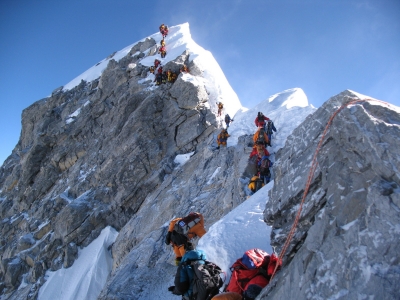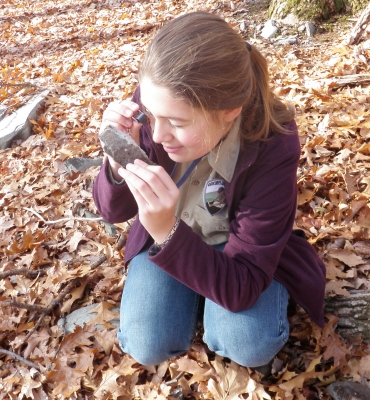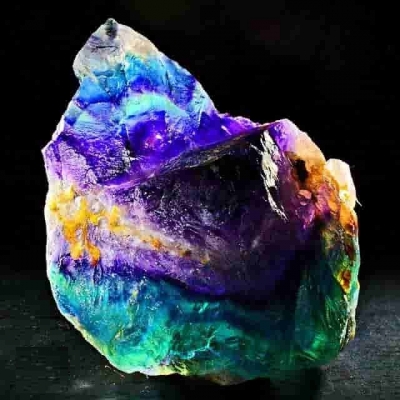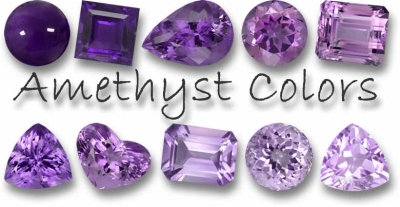
It is important to note that syncline and anticline do not necessarily relate to the shape or orientation of folded layers, although the origin of the words implies this. The term originates from the Greek word sun (xun), meaning together, and the Greek word klei, meaning to lean, so syncline implies leaning together or leaning towards. Ant is the Greek prefix meaning opposite or opposing, so the word anticline implies oppositely leaning. Beds dip towards the fold axis in a syncline and away from the fold axis in an anticline only when the folded layers were upright before folding (i.e., where younger layers overlaid older layers). Before describing folds, it is therefore necessary to establish the primary order in which layers were deposited. To do this, facing, younging, or way-up criteria are used. These are synonymous terms for primary sedimentary structures (e.g., graded or cross-bedding) or igneous structures (e.g., vesicles, pillows) preserved in the folded layers. Where the relative ages of rocks are not known (as is often the case in metamorphic rocks), the term synform and not syncline should be used to describe folds where layers are bent downwards so that they dip towards the fold axis, and antiform and not anticline should be used where beds are arched upwards so that layers dip away from the fold axis.
Where rock layers have been inverted prior to folding, such as by folding about a larger fold with a shallowly inclined axial surface, the oldest rocks now occur in the core of folds where layers dip towards the fold axis. Such folds are called synformal anticlines; synformal because of their shape and anticline because of the relative ages of folded layers. The youngest layers in an overturned sequence occur in the core of folds called antiformal synclines where layers dip away from the fold axis.
Credit: ENCYCLOpedia.com
Picture credit: Google





